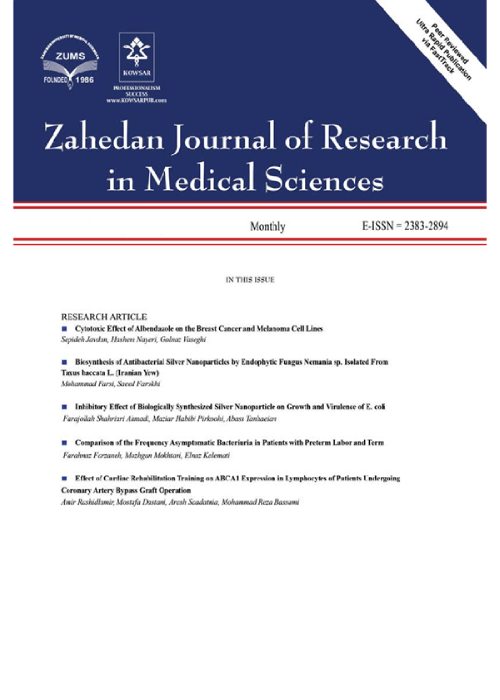Gender Disparities in Ankylosing Spondylitis: An Algerian Retrospective Analytical Cohort Study
Ankylosing spondylitis (AS) is an inflammatory disease that can impair function and lower quality of life, which causes spinal bone fusion and new bone production. Several studies have been done on the differences in damage between women and men.
This study aimed to assess the differences between men and women with AS regarding clinical characteristics, structural damage, and treatment used by Algerian patients.
In this study, 292 patients diagnosed with AS at the Hassani Abdelkader Hospital Rehabilitation Department of Sidi Bel Abbes Region between 2018 and 2021 were enrolled. The studied parameters were age, disease duration, age at disease onset, morning stiffness, joint involvements, laboratory data, disease activity, and treatments. All data were processed and analyzed via Excel and SPSS 20.0 (Statistical Package for the Social Sciences, IBM Corporation, Chicago, IL, August 2011).
We assessed 166 females and 126 males. The mean age at disease onset was 31.69 ± 10.675 vs. 30.38 ± 10.250 years, and morning stiffness duration was 26.08 ± 26.977 vs. 23.80 ± 26.529 minutes in females and males, respectively. Positive HLA-B27 was noted more in 71.9% of women and 69.6% of men. Also, the female group suffered more from their lumbar (100%) and high inflammation (83.8% elevated erythrocyte sedimentation rate (ESR) and 59.9% positive C-reactive protein (CRP)) rather than females who suffered from a long disease duration (7.28 ± 4.867 vs. 6.74 ± 3.584). Peripheral joints were primarily affected in males than females (knees involvement: 26.4% vs. 3.6% and hips involvement: 69.6% vs. 3%, respectively). In addition, high disease activity was more noted in men (52.8% vs. 41.9%, respectively). The most noted comorbidities, including uveitis, psoriasis, and diabetes, affected more females than males (40% vs. 29.9%, 4.8% vs. 2.4%, and 2.4% vs. 1.2%, respectively). Concerning the treatment, men used more sulfasalazine than women, 86.4% vs. 76%, while women used more Humira than men (88.6% vs. 74.4%, respectively).
According to our findings,womenhad a higher inflammation rate and more damage in their lumbar, requiring more sulfasalazine and Humira treatment than men who suffered from their peripheral joints and higher disease activity.
- حق عضویت دریافتی صرف حمایت از نشریات عضو و نگهداری، تکمیل و توسعه مگیران میشود.
- پرداخت حق اشتراک و دانلود مقالات اجازه بازنشر آن در سایر رسانههای چاپی و دیجیتال را به کاربر نمیدهد.


